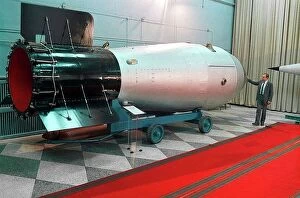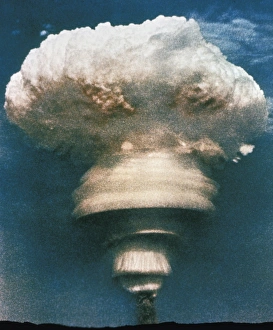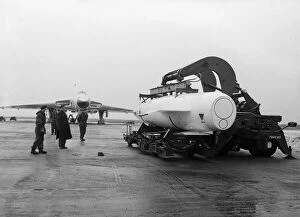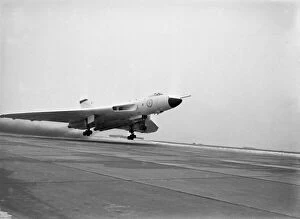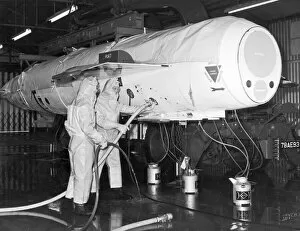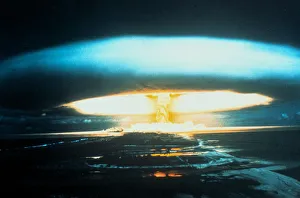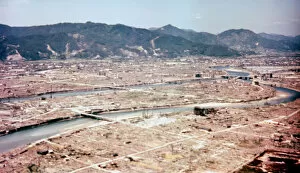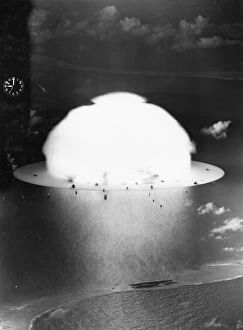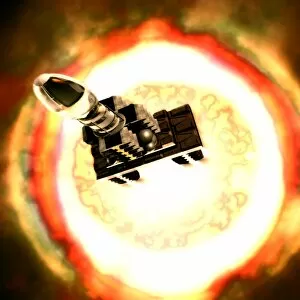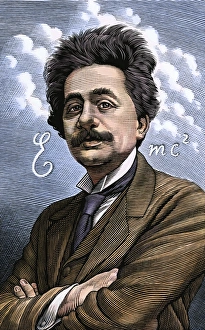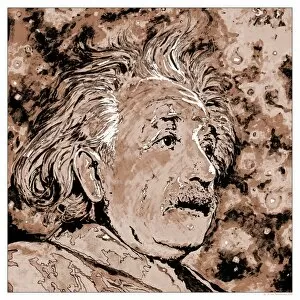Nuclear Bomb Collection
The devastating power of nuclear bombs has left an indelible mark on history
All Professionally Made to Order for Quick Shipping
The devastating power of nuclear bombs has left an indelible mark on history. From the awe-inspiring display of the Tsar Bomba nuclear weapon to China's first hydrogen bomb explosion in 1967, these events have shaped our world. The UK's nuclear deterrent, symbolized by a Blue Steel missile at RAF Waddington, stands as a reminder of the delicate balance between peace and destruction. Amidst the horrors unleashed by these weapons, there are glimpses of hope and resilience. The survivors of the atom bomb explosion in Hiroshima, Japan in 1945 stand as a testament to human strength and determination. Their stories serve as a poignant reminder that even amidst devastation, life can bloom again. The images from Bikini Atoll capture both the magnitude and destructive force of nuclear tests. The 150-megaton thermonuclear explosion serves as a chilling reminder of humanity's capacity for self-destruction. Yet it also highlights our ability to push boundaries and explore scientific advancements. The Avro Vulcan loaded with a Blue Steel missile showcases the UK's commitment to maintaining its own nuclear deterrent during uncertain times. This rocket-propelled stand-off missile represents both defense capabilities and global responsibilities. Atomic bomb tests conducted by American forces at Bikini Atoll further underscored the immense power wielded by these weapons. These tests were pivotal moments that forever changed our understanding of warfare and its consequences. In reflecting upon these historical events, we must strive for peace while acknowledging their impact on shaping our present reality. Let us learn from history so that we may never repeat its darkest chapters.

